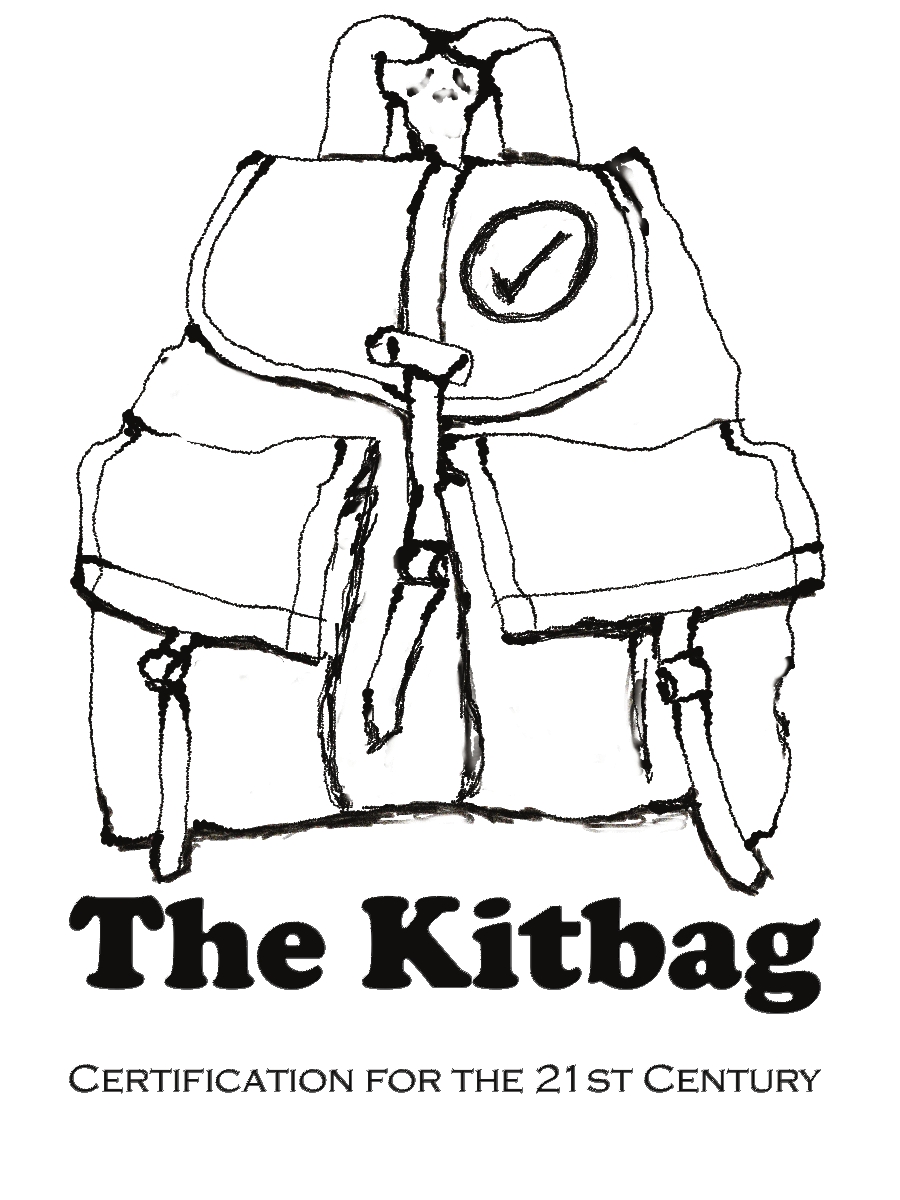There is a popular quote from Wayne Gretzky. He is reported to have said something like: "I skate to where the puck is going, not where it has been.”
As cheesy as the quote may be, it draws attention to a fundamental problem that decision makers face - how to position yourself to take advantage of something that is going to happen rather than try to go after the rewards of something that is happening now or has already happened.
My cynical mind sees populist leaders of our age expending tremendous amounts of energy to recapture the glory of a bygone era, whether that is Trump seeking to recreate the hegemony of the US in the 1950s, Putin seeking to recapture the glory of the Byzantine Empire, or the Brexiteers seeking to reclaim the primacy of the British Empire, they all seem to me to be ‘skating to where the puck was…’
Business leaders can get caught in the same trap, that is focussing their resources on a recent trend only to be faced with all their competition going after the same, now diminishing opportunity.
This may not seem like it has much to do with certification; but it does, stay with me.
Certification systems face the pressing demand to solve the problems that they face now. This pressure can be overwhelming and can mean that leaders can be caught in the trap of focussing on where the puck is now, without devoting time and energy to where it will be. Limited resources can also truncate the capacity of leaders to think about the future.
The visionaries that were behind the leading social and environmental standards were thinking about the future and how to bend it toward creating a more just and greener world. They looked at long-term trends and tried to figure out how to take advantage of them.
While leaders in certification systems have to devote large amounts of energy into solving today’s problems, they also need to spend time thinking about were the world is going and how they can get out in front of the changes that are now developing.
All this comes down to the fact that certification systems are constantly changing and taking advantage of the opportunity to change can give us the opportunity leverage to broad changes that are occurring and are likely to occur.
These can include:
- Growth in markets and trade in developing countries
- The ever-increasing rate of technological change
- The globalization of markets, especially capital markets
- Market pressure from activist consumers
- The growth of the size and importance of global megacities
- The growing inability of national governments to control markets
I would not counsel adopting my list, but encouage looking to the research being done on future trends. Study the reports, evaluate the trends and ask the question: How could this impact my standard system?
Even if we just consider the growth in global trade and especially the growth in south-south trade, certification systems will need to adapt to a new shape in global markets. Most certification systems are designed to manage north-north and south to north trade. As a result, their efforts to develop markets for certified products in Europe, North America and Japan will not encourage growth in the rapidly growing market share in the developing world. Will your system be positioned to grow in Indonesia, Kenya and Brazil? Will you be able to deliver markets to your certificate holders for those that produce products in Africa and sell into Southeast Asia?
